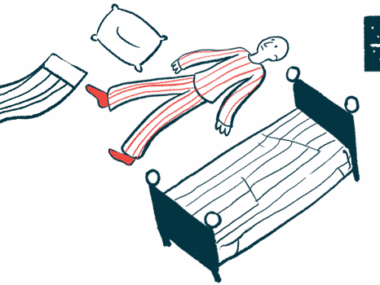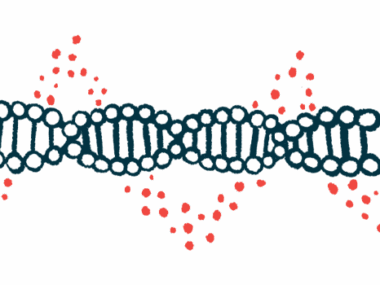Cellular response to stress links different types of CMT2, per study
Breaking unwanted interactions seen to ease motor symptoms in mouse model
Written by |

Many of the mutated proteins that cause the different forms of Charcot-Marie-Tooth disease type 2 (CMT2) tend to go to a point in nerve cells, or neurons, called stress granules.
There, upon stress, they make unwanted interactions with a protein called G3BP, a study found.
Breaking these interactions was seen to ease the motor symptoms of the disease in a mouse model of CMT2D, one of the forms of CMT2.
The study, “Diverse CMT2 neuropathies are linked to aberrant G3BP interactions in stress granules,” was published in the journal Cell.
Study IDs ‘actionable target’ for new therapies for CMT2 type
CMT2 is caused by mutations in genes that code for proteins responsible for the proper function and maintenance of neurons in the peripheral nervous system.
The peripheral nervous system connects the brain and spinal cord to the rest of the body. Some of its neurons, called motor neurons, carry signals from the brain and spinal cord to the muscles.
Over time, the motor neurons of people with CMT2 become damaged and impair the function of the muscles they control, resulting in the symptoms of the disease.
How exactly the mutant proteins contribute to neuropathy (nerve damage) is unclear, but researchers say it is possible that they change their behavior upon stress from the environment.
Now, a team of scientists in China found that the mutant proteins may make neurons open to damage by traveling to stress granules. Stress granules are clumps of proteins and messenger RNA (mRNA) molecules that form in cells in response to stress. Such stressors may be changes in temperature, exposure to toxins, or lack of enough nutrients.
These granules help the cell survive by temporarily halting the production of new proteins and preserving the existing mRNA, which can be used to produce proteins when the stress has passed.
Here, the team first focused on CMT2D. This form of CMT2 is caused by mutations in GARS, a gene that codes for an enzyme called glycyl-tRNA synthetase (GlyRS).
To find out whether mutant GlyRS behaved differently from the wild-type (healthy) enzyme, the researchers tracked their path within lab-grown cells given a chemical stressor called sodium arsenite.
While both mutant and wild-type GlyRS traveled to stress granules after stressors, only the mutant version interacted with G3BP, a key component of stress granules.
These interactions altered the network of proteins and mRNA that normally hold together with G3BP, which caused too many molecules to build up around stress granules.
This observation also held true when other stressors, such as vincristine, tacrolimus, and paclitaxel, were used.
“Some of these stressors … have been found to cause significant exacerbation of neuropathy in CMT patients, therefore noted as risk medications to CMT patients in the clinic,” the researchers wrote.
In addition to mutant GlyRS, the researchers tested 25 mutant proteins linked to other forms of CMT2. More than half were found to travel to stress granules regardless of their original location in cells.
“These findings reveal a stress-dependent molecular link across diverse CMT2 mutants and provide a conceptual framework for understanding genetic heterogeneity [variability] in light of environmental stress,” the researchers wrote.
The unwanted interactions of mutant GlyRS with G3BP were confirmed in a mouse model of CMT2D. A particular region of GlyRS, called WHEP domain, was required for the mutant enzyme to interact with G3BP. Inserting changes to the WHEP called off the effects on stress granules and eased the motor symptoms of the disease in mice that had been placed under stress by making them engage in high-intensity exercise.
According to the team, this region could be “an actionable target for developing therapeutic approaches to treating CMT2D and other [stress granule]-related diseases.”






